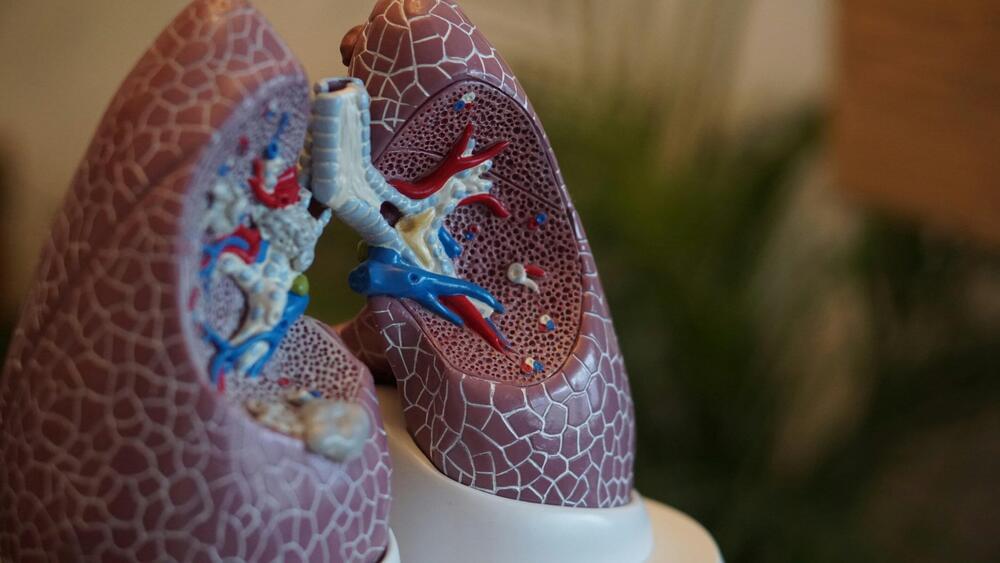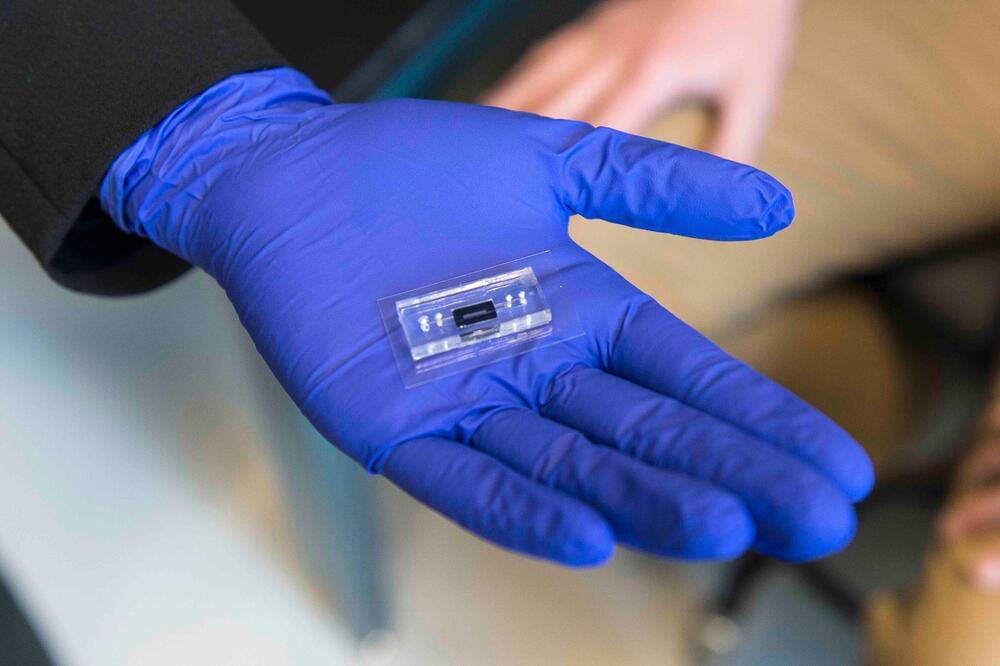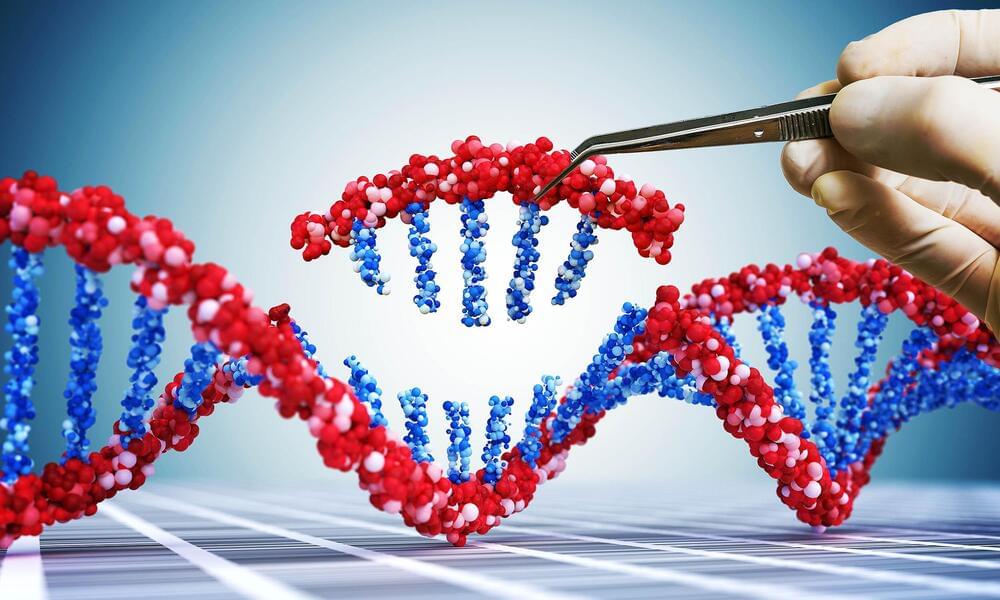The waterborne disease has killed more than 4,000 people in seven countries over the past two years. Experts blame severe storms, a lack of vaccines, and poor water and sewer systems.


Roughly 1 in 2 wearers of ventricular assist devices are diagnosed with an infection. The reason for this is the thick cable for the power supply. ETH Zurich researchers have now developed a solution to mitigate this problem.
For many patients waiting for a donor heart, the only way to live a decent life is with the help of a pump attached directly to their heart. This pump requires about as much power as a TV, which it draws from an external battery via a seven-millimeter-thick cable. The system is handy and reliable, but it has one big flaw: Despite medical treatment, the point at which the cable exits the abdomen can be breached by bacteria.
ETH Zurich researcher and engineer Andreas Kourouklis is working to soon make this problem a thing of the past. With the support of ETH Zurich Professor Edoardo Mazza and physicians from the German Heart Center in Berlin, Kourouklis has developed a new cable system for heart pumps that doesn’t cause infections. The findings are published in the journal Biomaterials Advances.

A specific combination of targeted therapy and immunotherapy may better help patients with non-small cell lung cancer (NSCLC) overcome inherent immune resistance and reinvigorate anti-tumor activity, according to a new study led by a researcher from The University of Texas MD Anderson Cancer Center.
Results from the Phase II umbrella HUDSON study, published in Nature Medicine, demonstrate that the anti PD-L1 antibody, durvalumab, coupled with the ATR inhibitor, ceralasertib, provides the greatest clinical benefit of four combinations evaluated.
This pair had an objective response rate (ORR) of 13.9% compared to just 2.6% with the other tested combinations. Median progression-free survival (PFS) was 5.8 months versus 2.7 months for other combinations, while median overall survival (OS) was 17.4 months versus 9.4 months. In patients with ATM alterations, which should sensitize tumors to ATR inhibitors, the ORR increased to 26.1%. Durvalumab-ceralasertib had a manageable safety profile.

The threat actors behind the PikaBot malware have made significant changes to the malware in what has been described as a case of “devolution.”
“Although it appears to be in a new development cycle and testing phase, the developers have reduced the complexity of the code by removing advanced obfuscation techniques and changing the network communications,” Zscaler ThreatLabz researcher Nikolaos Pantazopoulos said.
PikaBot, first documented by the cybersecurity firm in May 2023, is a malware loader and a backdoor that can execute commands and inject payloads from a command-and-control (C2) server as well as allow the attacker to control the infected host.

With the upgraded GRAVITY-instrument at the Very Large Telescope Interferometer of the European Southern Observatory, a team of astronomers led by the Max Planck Institute for Extraterrestrial Physics has determined the mass of a black hole in a galaxy only 2 billion years after the Big Bang. With 300 million solar masses, the black hole is actually under-massive compared to the mass of its host galaxy. Researchers suspect what is happening here.
A paper on this work is published in the journal Nature.
In the more local universe, astronomers have observed tight relationships between the properties of galaxies and the mass of the supermassive black holes residing at their centers, suggesting that galaxies and black holes co-evolve. A crucial test would be to probe this relationship at early cosmic times, but for these far-away galaxies, traditional direct methods of measuring the black hole mass are either impossible or extremely difficult.



The automotive industry has experienced rapid advancements due to the integration of edge computing and artificial intelligence (AI) in recent years. As vehicles continue developing self-driving capabilities, these technologies have become increasingly critical for effective decision-making and real-time reactions.
Edge computing processes data and commands locally within a vehicle’s systems, improving road safety and transportation efficiency. Combined with 5G, it enables real-time communication between vehicles and infrastructure, reducing latency and allowing autonomous vehicles to respond faster. AI algorithms enable cars to interpret visual data and make human-like driving decisions.
Edge computing and AI are transforming vehicles into true self-driving machines, filling any gaps in low-latency 5G tech and enabling companies to pioneer advanced autonomy.

In the realm of scientific innovation, the past decade has seen the CRISPR/Cas systems emerge as a groundbreaking tool in genome editing, boasting applications that span from enhancing crop yields to pioneering gene therapy.
The recent advent of CRISPR-COPIES by the Center for Advanced Bioenergy and Bioproducts Innovation (CABBI) marks a significant leap forward, refining CRISPR’s flexibility and user-friendliness.
CRISPR-COPIES represents a cutting-edge solution designed to swiftly pinpoint ideal chromosomal sites for genetic modification across any species.

The notion of time travel has fascinated humans for thousands of years, but it’s always been a work of fiction – until now.
Scientists have discovered evidence of time travel for real, albeit at a microscopic level. Till Bohmer and Thomas Blochowicz are the lead authors of a new study, Time reversibility during the ageing of materials, which is published in Nature Physics.
The research from the two researchers at the Technical University of Darmstadt in Germany focuses on time effectively ‘shuffling’ in the structure of certain materials like glass.